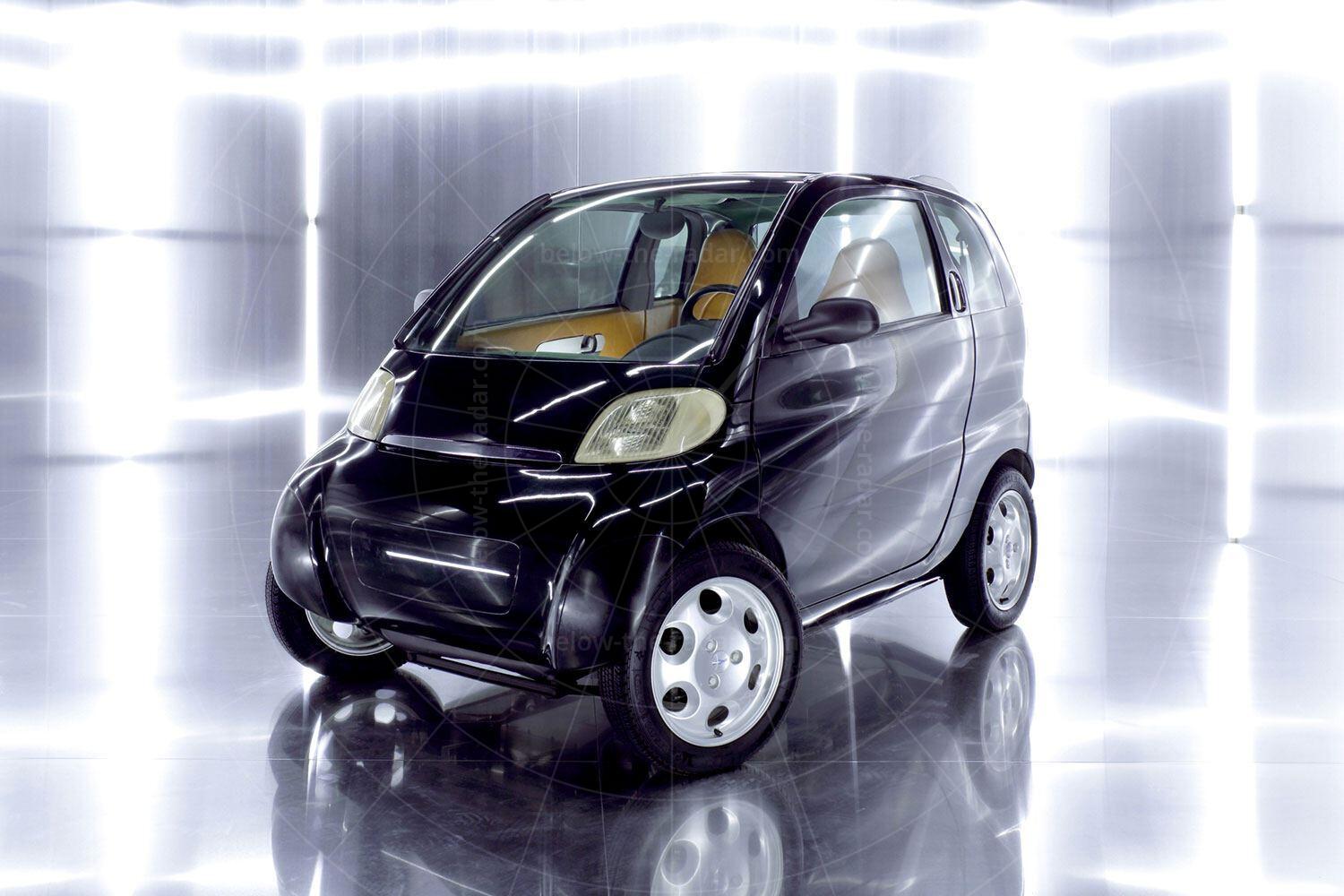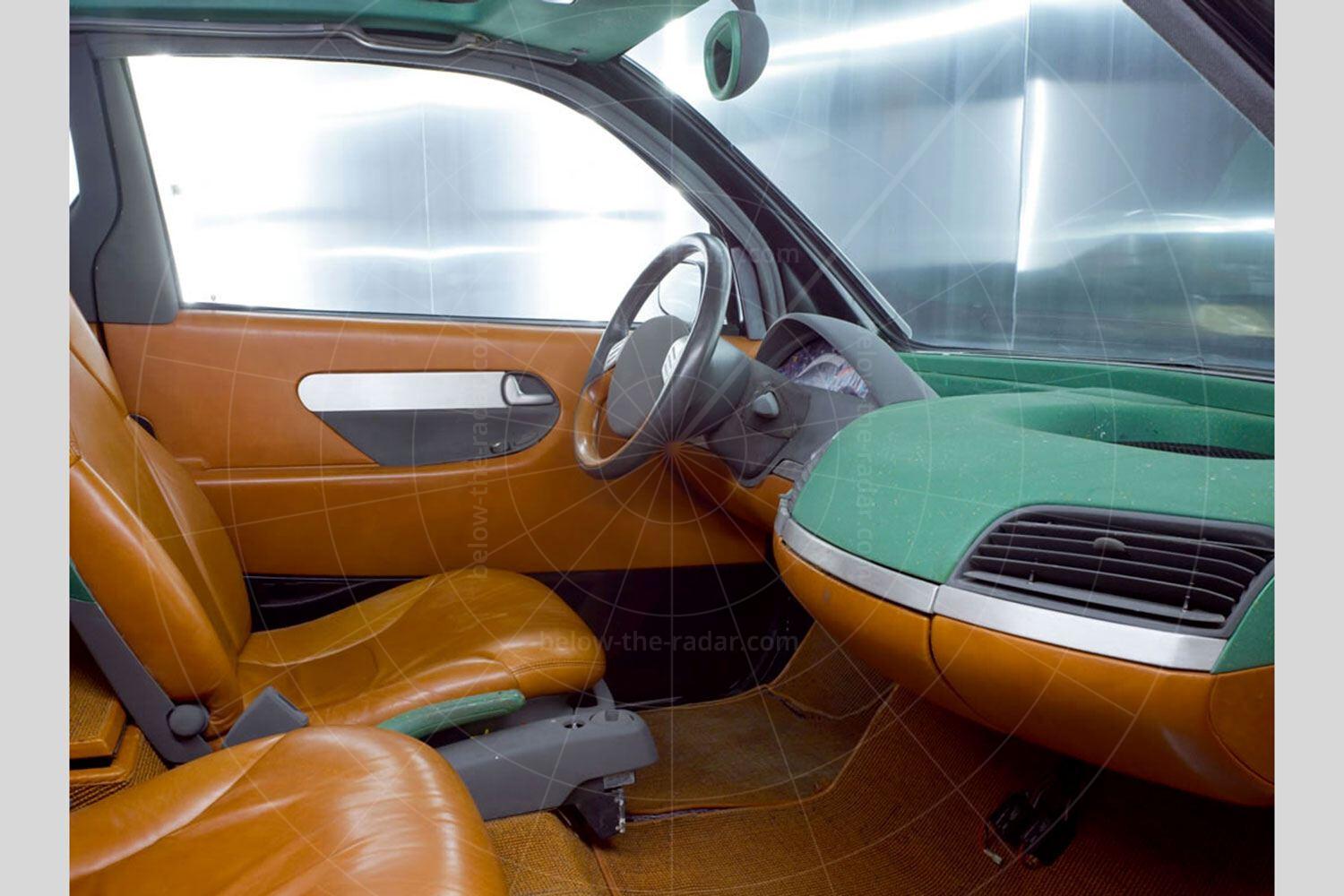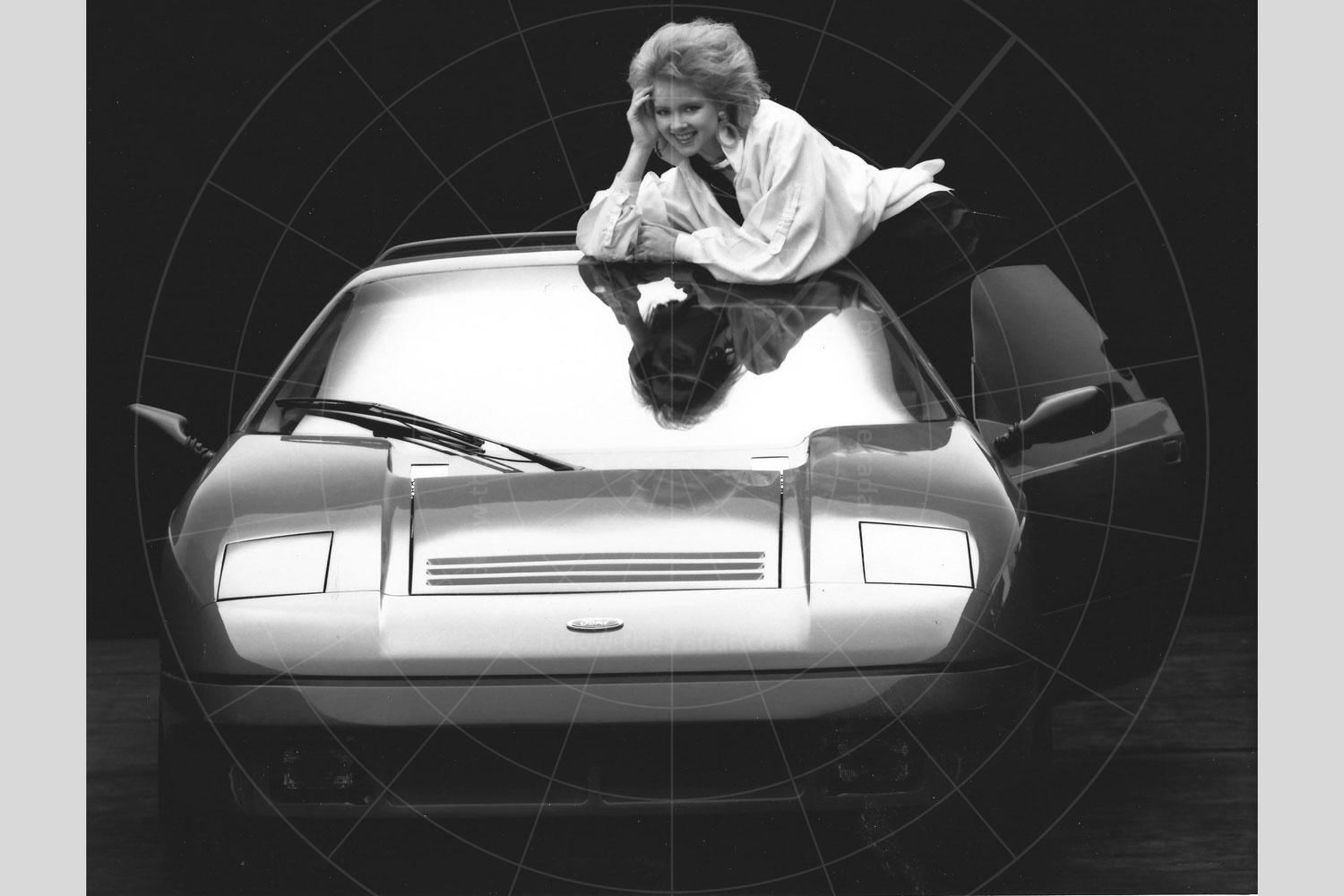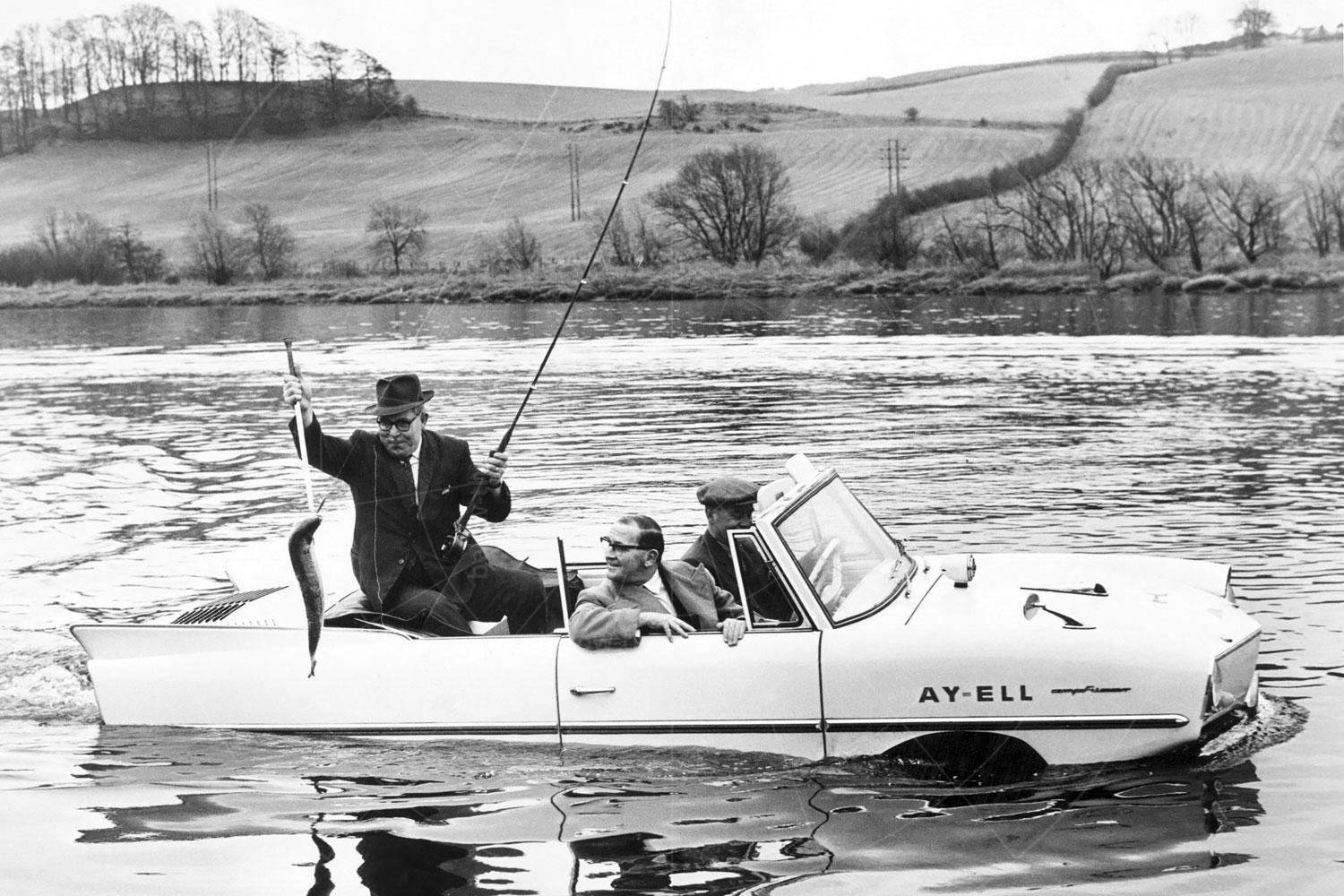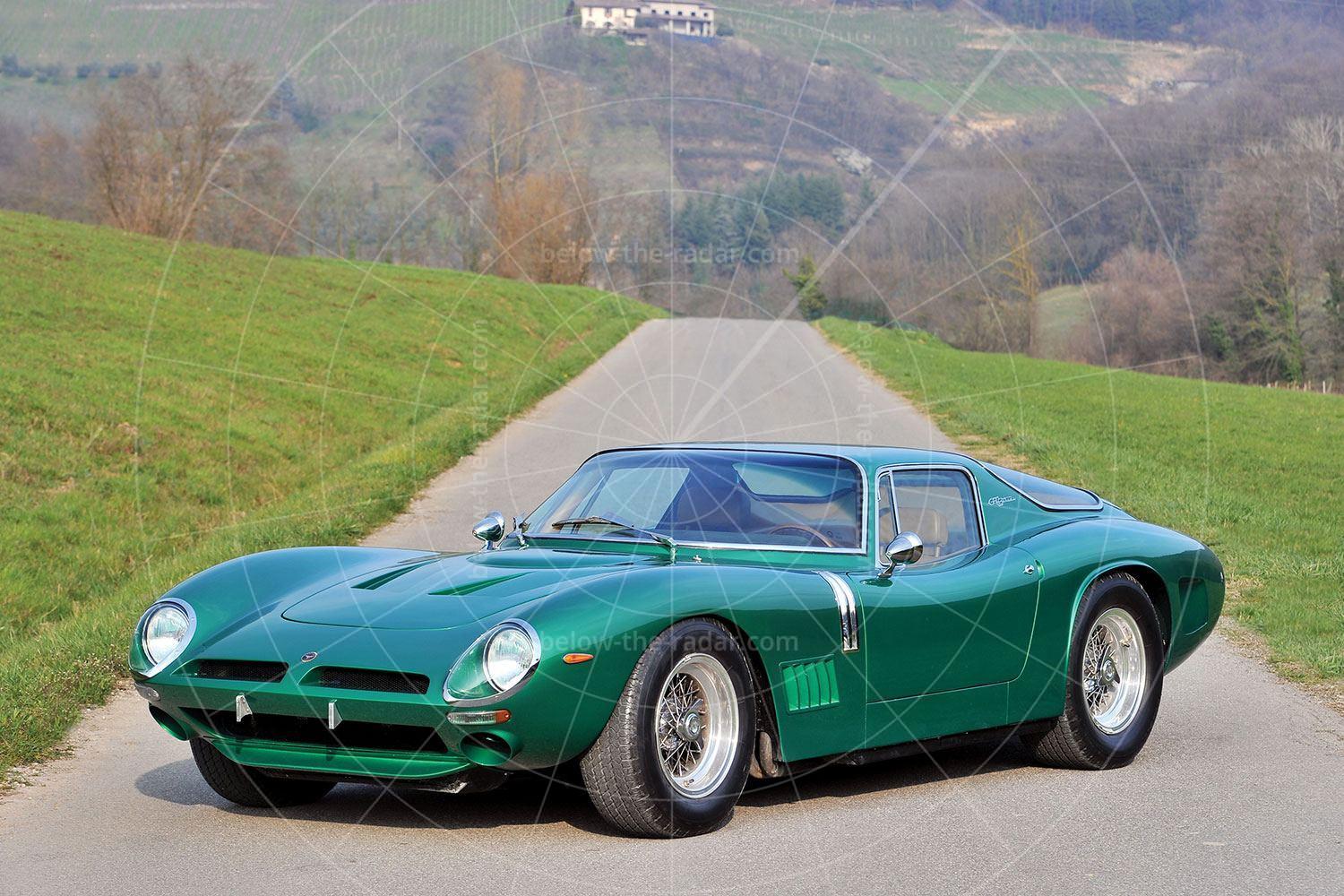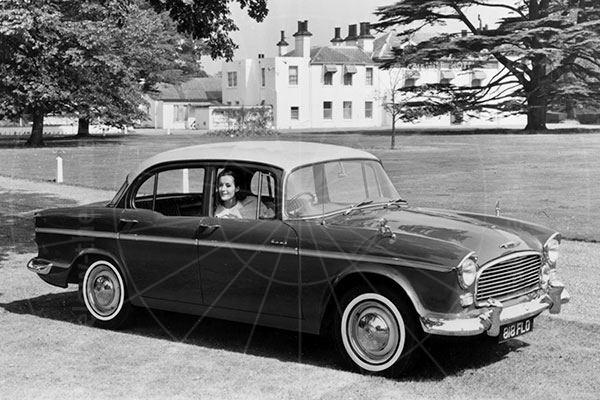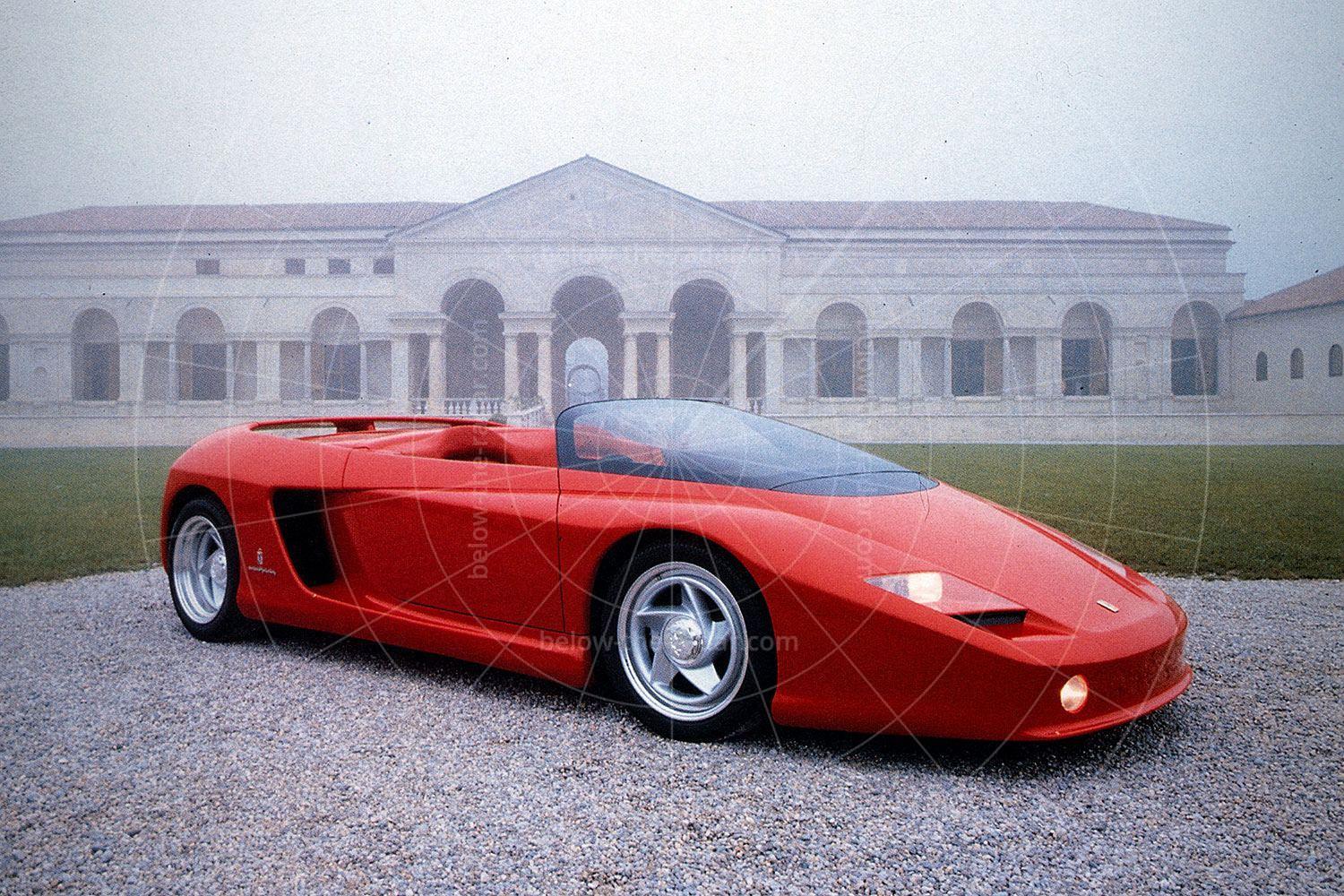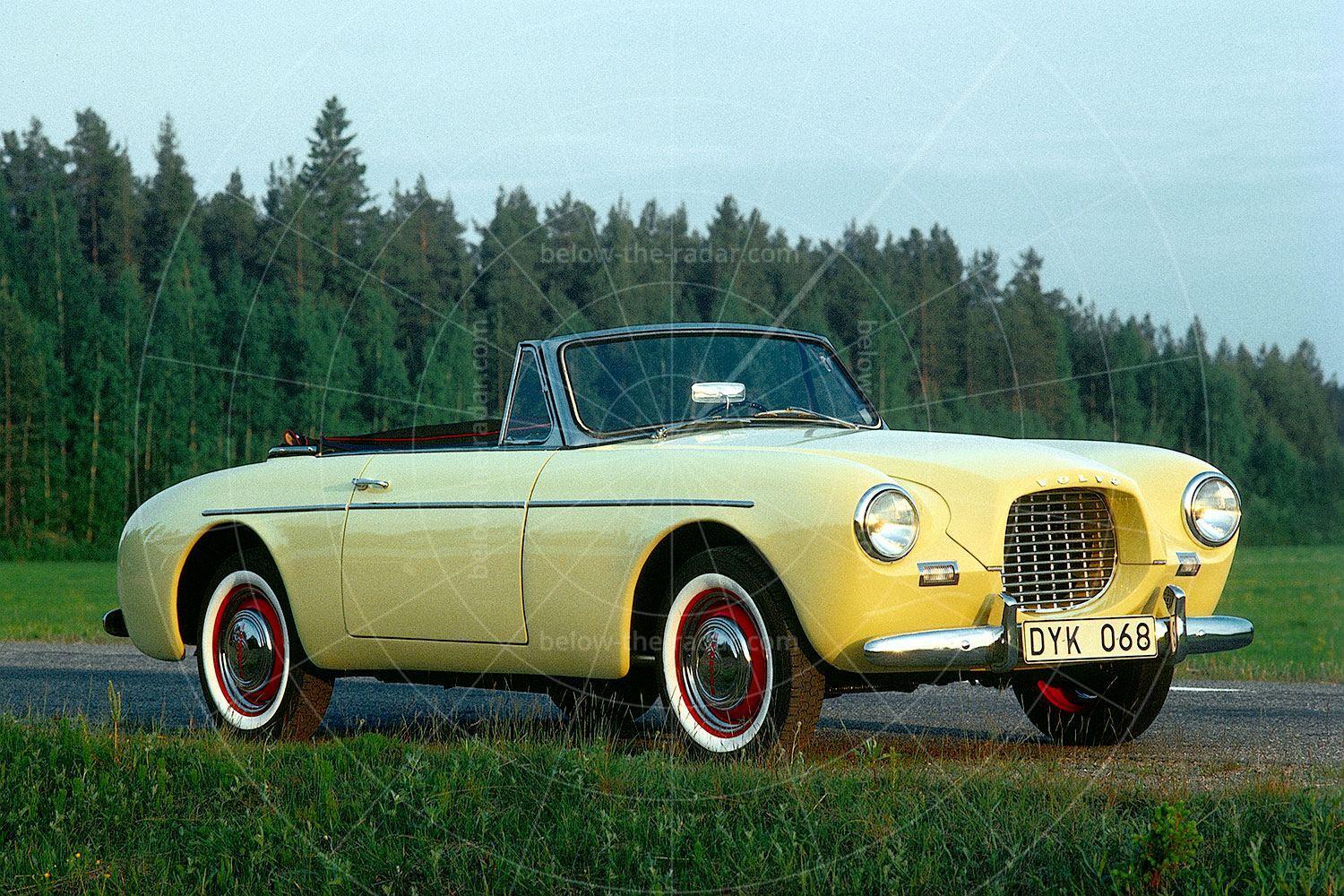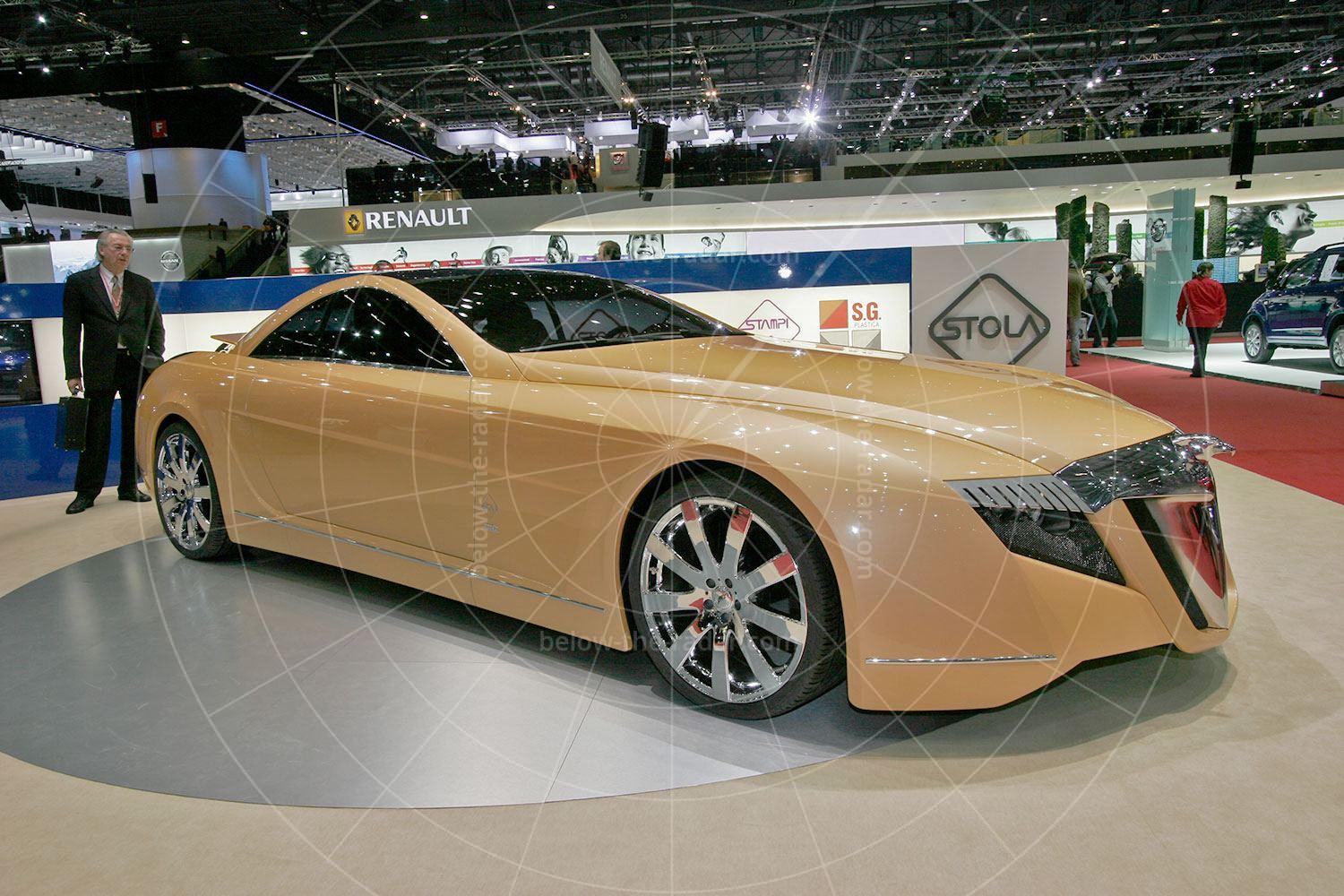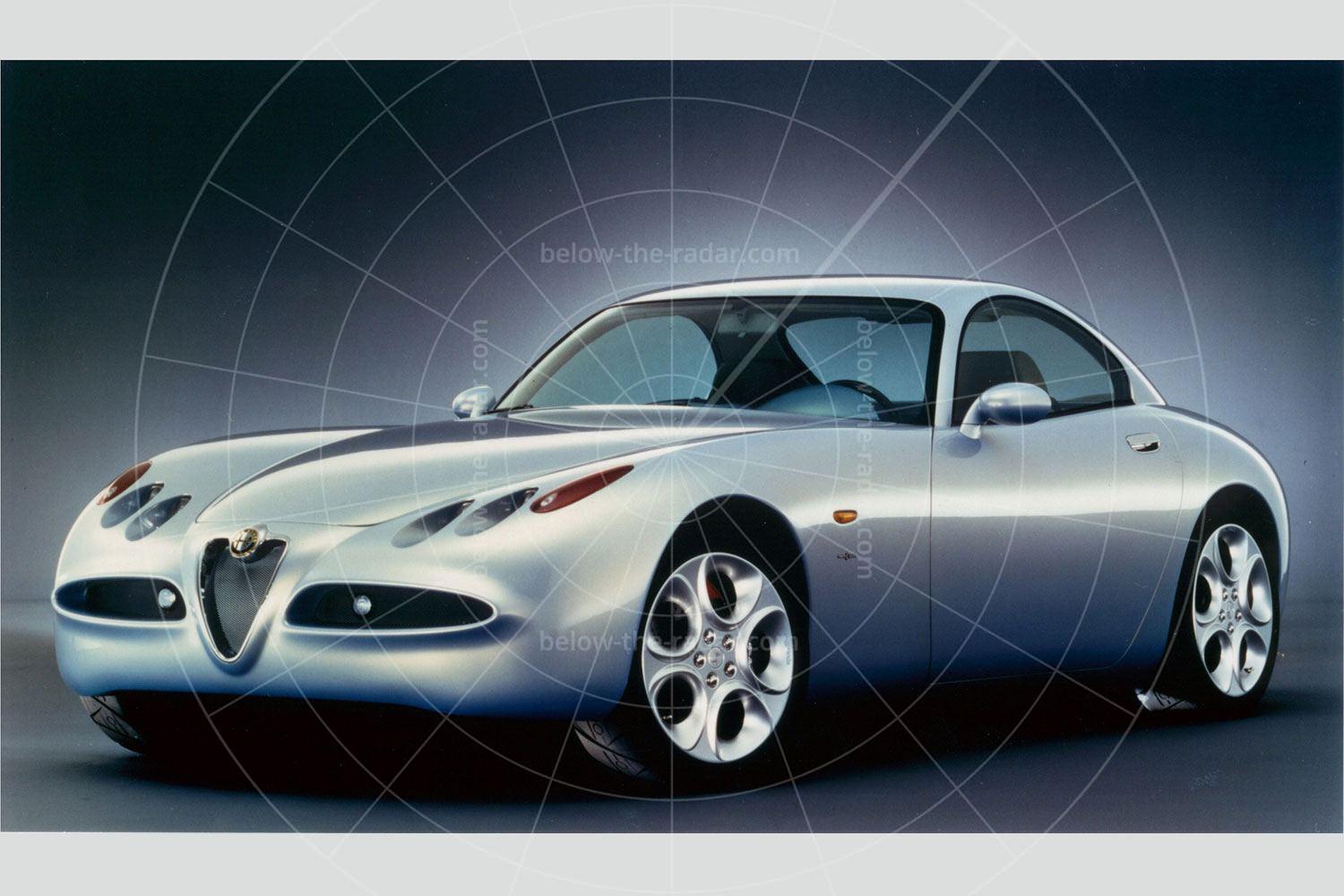The problem with concept cars is that they tend to show what could be possible if risks were taken – risks with interior and exterior styling, packaging and the introduction of new technology. But the frustration is that they always get watered down and by the time they reach the showroom they’re just a shadow of their former selves. Except that to every rule there are exceptions, and in the case of the concept car, the MCC Smart is one of them.
The project began in 1990, when the Swiss company SMH, which was also behind the Swatch watch, teamed up with Volkswagen to come up with a microcar that would revolutionise city transport. But by 1993 Volkswagen had got cold feet and pulled out of the project, leaving SMH to continue alone. Without the money to develop the car SMH teamed up with Daimler-Benz, which took a stake in the new venture, which was called Micro Compact Car, or MCC. The first fruits of this collaboration were unveiled in March 1993: the MCC Eco-Sprinter and Eco-Speedster.
Although the first major European motor show of 1993 (the Geneva salon) was taking place when the two cars were unveiled, they weren’t actually displayed at the event. Which was rather a shame because they represented quite a revolution in personal urban transport; at just 2500mm in length, a Mini was a huge 600mm longer. And while the MCC cars were strict two-seaters, that didn’t matter because most urban commuters travelled solo anyway.
The targa-topped Eco-Speedster was a petrol-powered two-seater while the Eco-Sprinter was an electric version which was also slightly narrower (at 1400mm). Whereas the petrol car was rear-wheel drive, the electric one was front-wheel drive. Both the Eco-Sprinter and Eco-Speedster featured rear-mounted engines but at the time of the unveiling, MCC was very coy about exactly what the motive power was in either of the vehicles.
Although the mechanical side of the cars was pretty unusual, it was the body structures which was the big news. Building a car which was so small but which would also live up to the mandatory crashworthiness tests of the time was quite a challenge, yet Mercedes claimed that the MCC duo would not only meet these targets, but exceed them. The secret was in the underbody structure, which incorporated a sandwich construction in which the engine would be pushed downwards and out of the way of any car occupants if the car was involved in a collision. In the case of the electric Smart, this centre cell also provided a safe location for the batteries.
Being the baby of the Mercedes range the Smart was always going to be a premium small car; in fact there would be much larger cars available for less money. But MCC also argued that those cars also wouldn’t be so beautifully engineered. The cabin of the Eco-Sprinter featured leather trim and plenty of brushed aluminium, while the fascia was rather plain; the Eco-Speedster's cabin looked as though its brightly coloured fittings had been picked from a Fisher-Price catalogue.
Working on the basis that most people commuting within cities do so alone, the passenger seat of the Smart was positioned 300mm behind the driver’s. Although this produced something of an odd-shaped load bay (which was also extremely small), it did mean that the two occupants weren’t vying for the same shoulder space; a simple but very effective solution.
Because of the three-layer sandwich construction of the Smart’s floorpan, the driving position was much higher than normal for such a small car; something which would cause problems later with the cars being noted for being unstable. But once these problems were ironed out, the Smart made one of the trendiest – and most expensive – microcars around, when it reached the market in 1998.
| Vital statistics | |
|---|---|
| Debut | 1993 |
| Engine | Rear-mounted, 3-cylinder |
| Transmission | Sequential manual/auto, rear-wheel drive |
| Top speed | 87mph |



